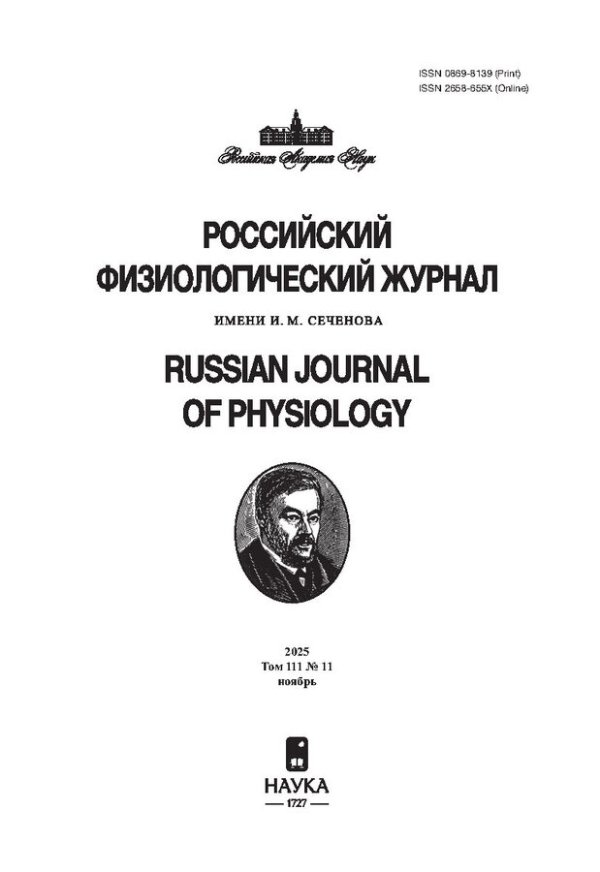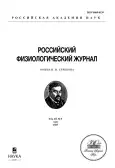Possibilities and limitations of using the olfactory bulb removal model in rodents
- Authors: Nedogreeva O.A.1, Stepanichev M.Y.1
-
Affiliations:
- Institute of Higher Nervous Activity and Neurophysiology, Russian Academy of Sciences
- Issue: Vol 111, No 5 (2025)
- Pages: 639-658
- Section: REVIEW
- URL: https://bakhtiniada.ru/0869-8139/article/view/304885
- DOI: https://doi.org/10.31857/S0869813925050013
- EDN: https://elibrary.ru/toiyoi
- ID: 304885
Cite item
Abstract
Here, we review current data that provide a basis for using the olfactory bulbectomy model as a model of mental disorders in humans. Based on extensive literature and our own data, we have shown the possibilities of using the olfactory bulbectomy model in rodents as a model of depression and Alzheimer's disease, taking into account the correspondence of the observed changes with modern criteria of validity. The removal of olfactory bulbs causes a complex of molecular, structural, and behavioral changes in animals, which cannot serve as an ideal model for certain disease. The review discusses the limitations of using this model and interpreting the results. Nevertheless, this model can be a useful tool for both basic and applied studies of brain pathologies, taking into account these limitations.
Keywords
About the authors
O. A. Nedogreeva
Institute of Higher Nervous Activity and Neurophysiology, Russian Academy of Sciences
Email: nedogreewa_olga@gmail.com
Moscow, Russia
M. Yu. Stepanichev
Institute of Higher Nervous Activity and Neurophysiology, Russian Academy of Sciences
Author for correspondence.
Email: nedogreewa_olga@gmail.com
Moscow, Russia
References
Supplementary files










